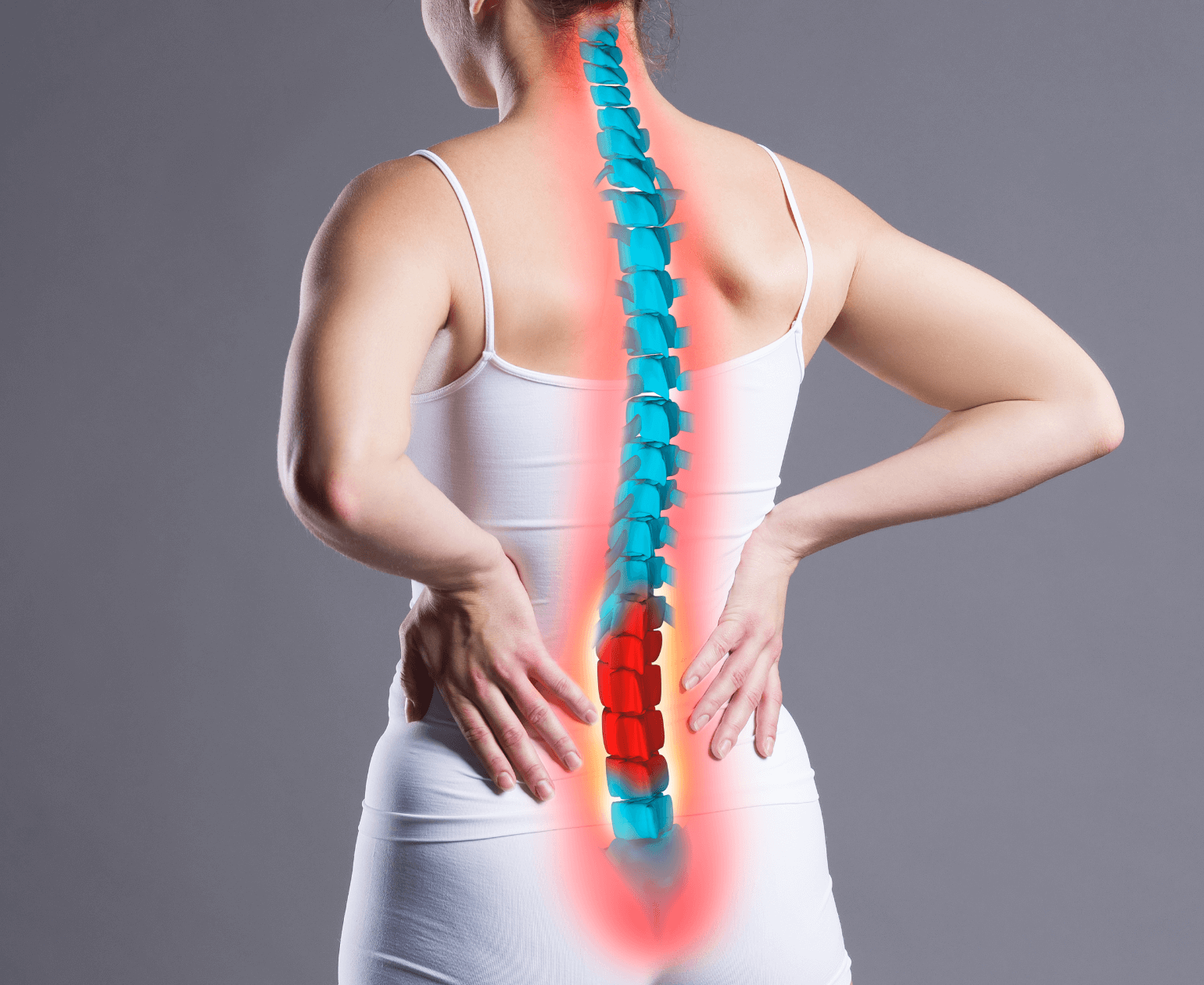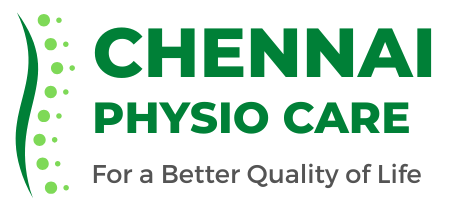Comprehensive Guide to Back Pain and Care
Back pain is one of the most common health complaints worldwide, affecting people of all ages and backgrounds. It can range from a dull, constant ache to sudden, sharp pain that makes movement difficult. Understanding the causes and treatment options is essential for effective management and prevention.



Overview of Back Pain
What is back pain?
Back pain refers to discomfort anywhere along the spine, from the neck to the tailbone. It can affect the muscles, ligaments, tendons, discs, and bones that make up the spine. Back pain is often categorized as acute (lasting less than 6 weeks), subacute (6-12 weeks), or chronic (lasting more than 12 weeks). The lower back (lumbar region) is most commonly affected due to the stress it bears from supporting body weight.
Common Causes
Back pain can result from various factors, often involving multiple contributing elements:
- Muscle strains and ligament sprains
- Herniated or bulging discs
- Degenerative disc disease
- Spinal stenosis (narrowing of spinal canal)
- Scoliosis and other spinal deformities
- Osteoarthritis and inflammatory arthritis
- Compression fractures
- Poor posture and ergonomics
- Sedentary lifestyle and weak core muscles
- Stress and psychological factors
Symptoms to Watch For
Back pain can manifest in various ways, depending on the underlying cause:
- Dull, aching pain in the lower back
- Sharp, shooting pain that may radiate to legs
- Muscle spasms and stiffness
- Pain that worsens with sitting or bending
- Difficulty standing up straight
- Numbness or tingling in legs or feet
- Weakness in legs or feet
- Pain that improves with walking or changing positions
- Morning stiffness that improves with movement
- Pain that interferes with sleep
When to Seek Professional Help
Seek immediate medical attention if you experience:
- Severe back pain following a fall or injury
- Back pain with fever and chills
- Loss of bladder or bowel control
- Progressive weakness in legs
- Severe pain that doesn't improve with rest
- Numbness in the groin or genital area
Treatment Options
Effective back pain treatment often involves a comprehensive approach:
Exercise Therapy
Specific exercises to strengthen core muscles, improve flexibility, and restore normal movement patterns.
Manual Therapy
Hands-on techniques including spinal manipulation and mobilization to improve joint function.
Postural Training
Education and exercises to improve posture and body mechanics during daily activities.
Pain Management
Various techniques including heat/cold therapy, electrical stimulation, and relaxation methods.
Helpful Exercises
These exercises can help strengthen your back and reduce pain:
Important: Always consult with a physiotherapist before starting any exercise program.
Pelvic Tilts
Lie on your back, tighten abdominal muscles and tilt pelvis slightly. Hold for 5 seconds, repeat 10 times.
Knee-to-Chest Stretch
Lie on back, bring one knee to chest, hold for 30 seconds. Repeat with other leg, then both together.
Cat-Cow Stretch
On hands and knees, arch and round your back alternately. Perform slowly for 10 repetitions.
Bird Dog
On hands and knees, extend opposite arm and leg. Hold for 5 seconds, repeat 10 times each side.
Prevention Tips
Prevent back pain with these evidence-based strategies:
- Maintain regular physical activity and exercise
- Strengthen your core muscles
- Practice good posture while sitting and standing
- Use proper lifting techniques
- Maintain a healthy weight
- Sleep on a supportive mattress
- Take frequent breaks from prolonged sitting
- Manage stress through relaxation techniques
- Avoid smoking, which can impair healing
Lifestyle Modifications
Incorporate these lifestyle changes to support back health:
Workplace
Use ergonomic furniture, take regular breaks, and alternate between sitting and standing.
Exercise
Include low-impact activities like walking, swimming, and yoga in your routine.
Sleep
Use supportive pillows and mattress, sleep on your side or back with pillow support.
Frequently Asked Questions
Should I rest in bed if I have back pain?
Brief rest (1-2 days) may help acute pain, but prolonged bed rest can actually worsen back pain. Gentle movement and gradual return to activities is usually recommended.
How can I prevent back pain at work?
Use ergonomic workstation setup, take regular breaks to move, practice good posture, and perform stretching exercises throughout the day.
When should I consider surgery for back pain?
Surgery is rarely needed for back pain. It's typically considered only when conservative treatments fail and there are specific structural problems causing severe symptoms.
Patient Testimonials
Feel
Dr. Vanathy and team treated my 90+ years aged Mother for her severe back-leg-knee pain through a structured method for a specific period. During the treatment period the extraordinary kind attention and care provided by Dr. Vanathy (being present in person) along with Dr. Aishwarya and Dr. Feebi were Outstanding. I am writing this after 75 days of the treatment and my mother is feeling better from the treatment in spite of her old age. The service of Dr. Vanathy is highly appreciated. Following Dr. Vanathy’s direction during and post treatment is essential for our own health and effectiveness of the treatment. Dr. Vanathy is highly recommended based on our experience.
Thiru vardini
An amazing find! Dr. Vanathy was able to diagnose the condition pretty well and was able to provide an enhanced healthcare measures and treatment which helps us to heal from our condition. Well done, truly happy to have found it! Thank you!
